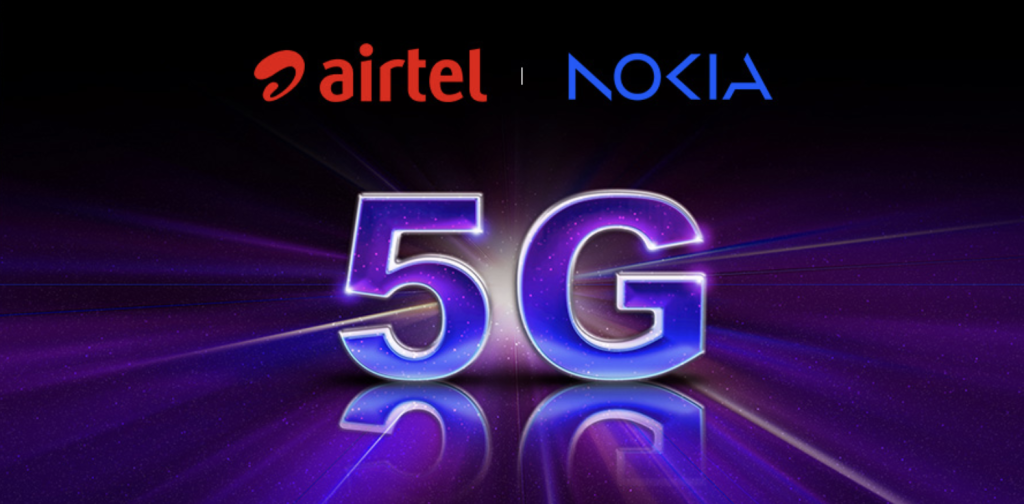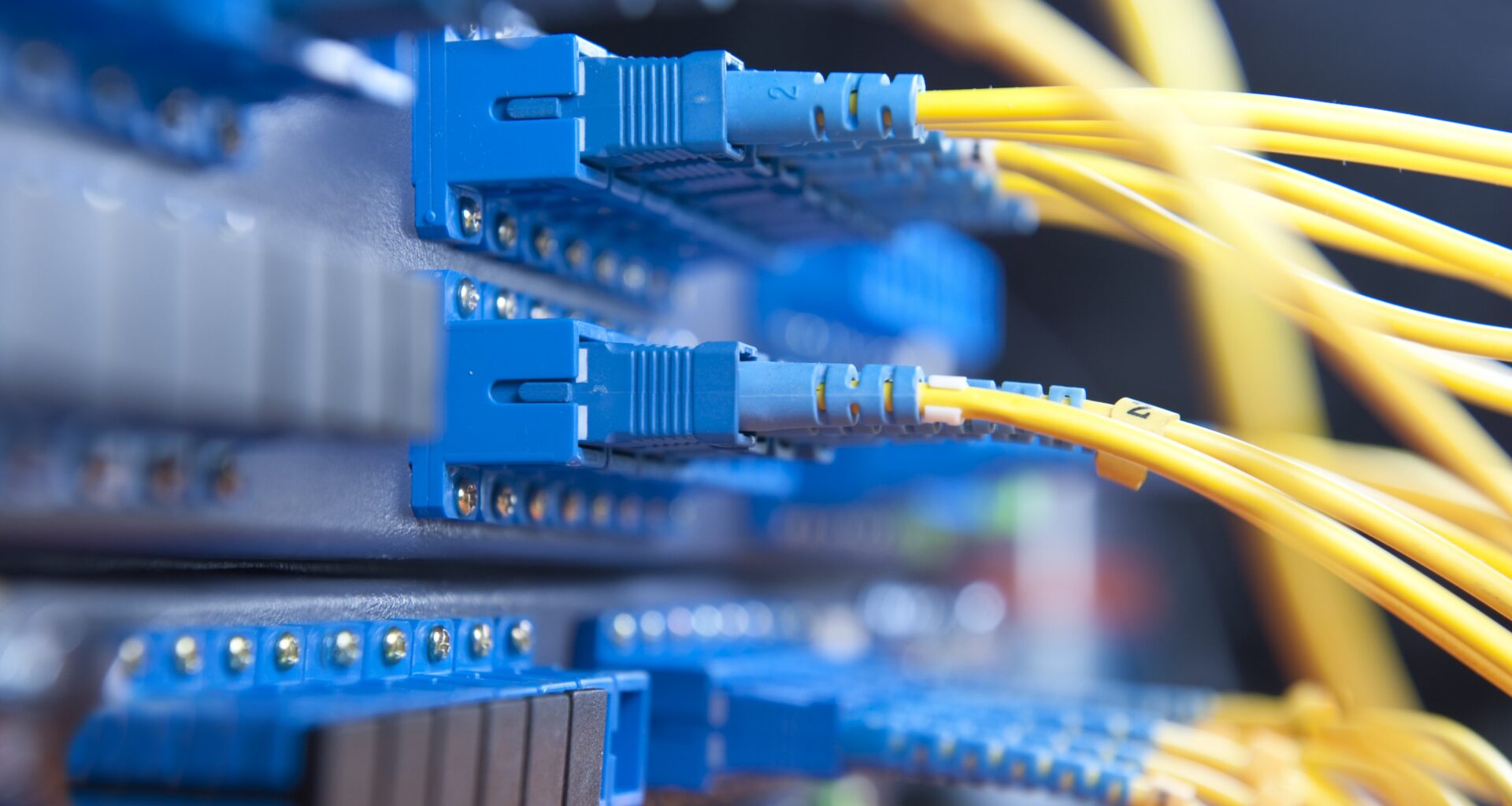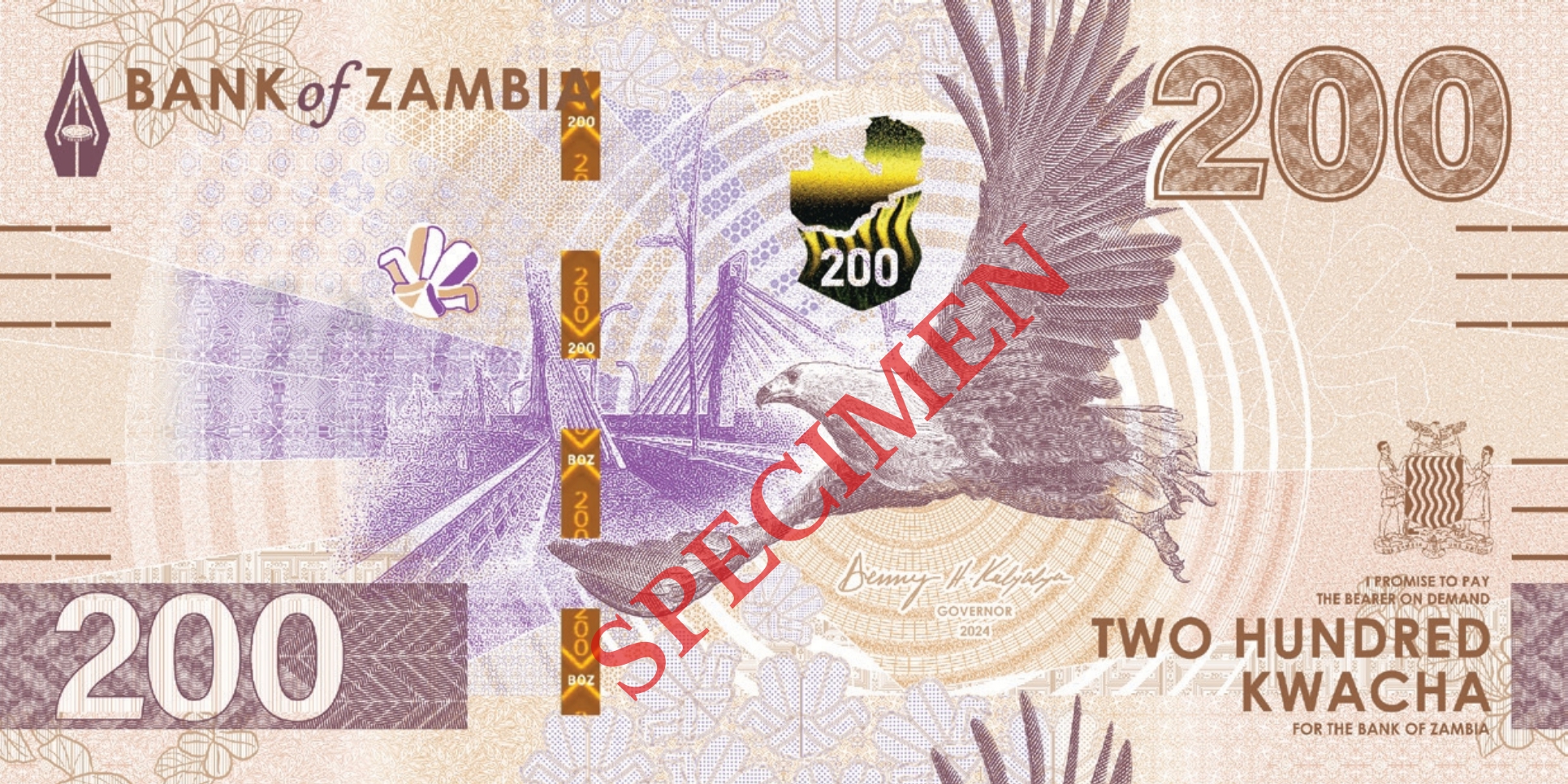Airtel Africa and Nokia Launch Mega Fibre Backbone deployment announced November 11, 2025 at AfricaCom represents far more than telecommunications infrastructure upgrade it solves Africa’s fundamental “Last Mile to First Mile” paradox where the continent’s $45 billion investment in submarine cables including the massive 180 Tbps 2Africa system delivers virtually no economic value without terrestrial networks connecting coastal landing stations to inland populations representing 62% of Africa’s 1.4 billion people. This 38 Terabits per second (Tbps) high-capacity network spanning East and Central Africa through 139 nodes powered by Nokia’s 1830 Photonic Service Switch platform finally provides the missing link enabling Africa’s projected $12.6 billion data center market expansion by 2030, unlocking economic opportunities worth $26-37 billion annually while addressing the stark reality that only 38% of Africans access internet compared to 68% globally.
This comprehensive analysis examines the technical architecture, economic catalysis, infrastructure interdependencies, and transformative implications of this mega fibre backbone, revealing how Airtel Africa Telesonic’s strategic deployment solves multiple infrastructure challenges simultaneously while establishing blueprint for bridging Africa’s digital divide at a continental scale.
The Last Mile to First Mile Paradox: Why Submarine Cables Alone Can’t Bridge the Digital Divide
Africa’s digital infrastructure paradox emerges from massive submarine cable investments delivering international bandwidth to coastal cities while inland populations, constituting nearly two-thirds of continental demographics remain fundamentally disconnected from the global internet backbone, creating what infrastructure experts term the “Last Mile to First Mile” problem where solving connectivity’s final meter proves meaningless without solving connectivity’s first kilometer from cable landing stations inland.
Submarine Cable Investment Without Terrestrial Distribution
The 2Africa submarine cable system exemplifies the paradox at the continental scale. At 45,000 kilometers circumnavigating Africa’s coastline, connecting 46 landing stations across 33 countries, 2Africa represents the world’s longest subsea cable with 180 Tbps design capacity utilizing revolutionary SDM1 (spatial division multiplexing) technology, deploying 16 fiber pairs versus eight in conventional cables—technical specifications delivering more bandwidth than all existing African submarine cables combined. Yet this extraordinary capacity remains largely stranded at coastal termination points without terrestrial networks distributing bandwidth inland to population centers, data centers, businesses, and households, where internet connectivity drives economic activity.
Meta, the 2Africa consortium leader, invested alongside Vodafone, Orange, China Mobile, MTN GlobalConnect, and other telecommunications giants, recognizing submarine cables as necessary but insufficient infrastructure for continental digital transformation. The consortium’s economic impact projections, estimating $26.2-36.9 billion annual GDP contribution equivalent to 0.42-0.58% of Africa’s entire economic output, assume terrestrial distribution networks materializing to deliver submarine capacity to end users, assumptions that the Airtel Africa Nokia partnership directly addresses through systematic terrestrial backbone deployment.
The infrastructure disconnect manifests starkly in bandwidth utilization statistics. 2Africa’s 180 Tbps theoretical capacity dwarfs current African bandwidth consumption, yet internet penetration reaches only 38% of the continental population versus 68% globally, revealing fundamental distribution rather than production constraints. Egypt, Kenya, South Africa, and Nigeria account for 80% of Africa’s international bandwidth flows despite representing less than 25% of the population, demonstrating coastal infrastructure saturation while inland markets remain underserved.
The Landlocked Country Challenge
Landlocked African nations, including Uganda, Rwanda, Zambia, Zimbabwe, Malawi, and others, face compounded connectivity challenges requiring not merely terrestrial distribution from nearest coastal landing stations but cross-border fiber traversing multiple jurisdictions, each introducing regulatory complexity, transit fees, and infrastructure dependences creating vulnerability points where single-country disruptions isolate entire landlocked populations from the global internet. Uganda’s positioning as a critical test case for the Airtel Africa Nokia deployment reveals strategic thinking addressing landlocked connectivity systematically rather than through bilateral arrangements vulnerable to political and commercial instability.
David Birungi, Airtel Uganda’s Public Relations Manager, articulates the existential nature of terrestrial connectivity for landlocked economies: “For Uganda, as a landlocked nation, the importance of this terrestrial fiber network cannot be overstated. This is our direct, high-capacity link to the global economy via the 2Africa subsea cable. It guarantees the resilience and speed our market demands, removing the geographical barrier to world-class connectivity”. This framing positions fiber infrastructure not as a luxury enhancement but economic lifeline, enabling participation in the digital economy otherwise accessible only to coastal populations.
The economic opportunity cost of landlocked connectivity gaps compounds exponentially as the global economy digitalizes. Uganda’s 45 million population, 60% under age 25, represents a substantial untapped market for digital services, e-commerce, remote work, and technology entrepreneurship contingent upon reliable, high-capacity internet access currently unavailable through existing infrastructure relying on limited satellite connections or circuitous routing through multiple neighboring countries. Similar demographics characterize Rwanda, Zambia, and other landlocked markets where young, digitally-native populations lack infrastructure enabling economic participation commensurate with capabilities and aspirations.
The Data Center Location Paradox
Africa’s data center development confronts parallel infrastructure paradoxes: optimal locations for energy reliability, cooling efficiency, and property costs are inland, yet connectivity requirements mandate proximity to submarine cable landing stations, concentrating development in South Africa, Egypt, Kenya, and Nigeria, despite these locations representing suboptimal choices for multiple operational criteria. This geographic concentration leaves vast continental regions dependent on international routing through coastal hubs, introducing latency, cost, and reliability challenges undermining data sovereignty initiatives and local digital service development.
Current statistics reveal stark concentration patterns where South Africa hosts over half of continental colocation capacity despite representing less than 5% of the African population, reflecting submarine cable proximity advantage outweighing all other location factors. The continent’s estimated need for 1,000 MW of additional data center capacity and 700 new facilities by 2030 to meet demand cannot be satisfied through continued coastal concentration without addressing terrestrial connectivity, enabling inland data center viability.
The Airtel Africa Nokia terrestrial backbone fundamentally alters data center location economics by enabling inland deployment serving regional markets with local latency while maintaining high-capacity connections to the global internet through optimized routing to coastal submarine cables. This infrastructure democratization enables countries like Uganda, Rwanda, Zambia, and others to establish data centers serving national and regional markets rather than depending on facilities concentrated in distant coastal cities, introducing unnecessary latency and regulatory complexity.
The 38 Terabit Technical Architecture: Nokia’s Photonic Service Switch Platform

Airtel Africa’s selection of Nokia’s 1830 Photonic Service Switch (PSS) platform for terrestrial backbone deployment reflects strategic technical requirements demanding extreme capacity, operational flexibility, future scalability, and carrier-grade reliability essential for infrastructure expected to serve as a national digital backbone for multiple countries simultaneously, while integrating seamlessly with existing submarine cable systems and enabling anticipated data center expansion.
Dense Wavelength Division Multiplexing (DWDM) Explained
The Nokia 1830 PSS platform implements Dense Wavelength Division Multiplexing (DWDM) technology, enabling a single fiber pair to transmit multiple wavelengths of light simultaneously, each carrying independent data streams at speeds up to several hundred gigabits per second, multiplying effective fiber capacity by factors of 80-160 versus conventional single-wavelength transmission. This technology proves critical for maximizing return on fiber deployment investment, where trenching costs, right-of-way negotiations, and physical installation represent the majority of network expenses regardless of fiber capacity utilization.
The 38 Tbps aggregate capacity Airtel Africa Nokia network achieves through DWDM deployment across 139 nodes spanning East and Central Africa represents a quantum leap above existing terrestrial networks, typically operating at aggregate capacities measured in hundreds of gigabits rather than tens of terabits. This capacity cushion provides headroom for exponential traffic growth projected through 2030, when mobile data consumption per African connection increases approximately 6 GB monthly, driven by smartphone penetration, broadband coverage expansion, and bandwidth-intensive content, including video streaming and online gaming.
The technology’s coherent detection capabilities enable transmission over distances exceeding 1,000 kilometers without regeneration, critical for cross-country and cross-border deployments where intermediate amplification sites introduce complexity, cost, and vulnerability points potentially compromising network reliability. Nokia’s Photonic Service Engine (PSE) implements coherent technology through digital signal processing, enabling transmission performance approaching theoretical capacity limits while maintaining carrier-grade error correction, ensuring enterprise-quality connectivity across continental distances.
C+L Band Ready Future Enhancement
The C+L Band Ready designation indicates the Nokia 1830 PSS platform’s capability to utilize both conventional C-band (1530-1565 nanometer wavelengths) and extended L-band (1565-1625 nanometer wavelengths) optical transmission windows, effectively doubling potential capacity without physical fiber replacement as traffic demands increase beyond initial deployment specifications. This forward compatibility proves essential for infrastructure expected to serve multiple decades as technology advances and capacity requirements evolve beyond current projections.
Current DWDM deployments typically utilize C-band exclusively, reserving L-band for future expansion when initial capacity is exhausted, providing a cost-effective upgrade pathway, avoiding complete infrastructure replacement common in earlier optical network generations. The Airtel Africa deployment’s C+L readiness signals a long-term infrastructure vision where the initial 38 Tbps capacity represents a starting point rather than a ceiling, enabling graceful scaling to 70+ Tbps through software upgrades and line card replacements without trenching new fiber or modifying physical layer infrastructure.
The 139-Node Strategic Deployment
The network’s 139-node architecture spanning multiple countries in East and Central Africa reflects careful geographic optimization balancing coverage breadth, redundancy requirements, integration points with existing infrastructure, and economic viability across diverse markets with varying population densities and existing connectivity levels. Each node represents a potential service delivery point enabling wholesale capacity sales to internet service providers, mobile network operators, enterprises, government agencies, and data centers, transforming linear fiber deployment into a distributed services platform generating recurring revenue across the entire network footprint.
Node placement strategy addresses multiple objectives simultaneously, including connecting capital cities and major population centers, establishing points of presence at submarine cable landing stations, enabling cross-border traffic exchange, providing redundancy through meshed topology preventing single-point failures, and positioning infrastructure for anticipated data center development in currently underserved markets. This sophisticated topology contrasts with simpler point-to-point links characterizing earlier terrestrial deployments optimized for specific route capacity rather than network-wide service delivery capability.
The meshed network architecture implementing multiple diverse paths between major nodes provides carrier-grade reliability through automatic failover, where fiber cuts or equipment failures trigger instant traffic rerouting, maintaining service continuity without manual intervention. This resilience proves critical for applications including financial services, healthcare, government operations, and enterprise communications, where connectivity interruptions carry substantial economic and operational consequences.
The $12.6 Billion Data Center Catalyst: How Fiber Infrastructure Unlocks Investment

Africa’s projected data center market expansion from $8.96 billion in 2025 to $12.63 billion by 2030 representing 41% cumulative growth and 17.5% average annual expansion depends fundamentally on fiber infrastructure providing high-capacity, low-latency connectivity between facilities, submarine cables, and end users enabling operators achieving service level agreements and economic returns justifying capital investment in power systems, cooling infrastructure, and security implementations required for modern data centers.
The Infrastructure Dependency Chain
Data center location decisions balance multiple factors, including power availability and cost, cooling climate and water access, property costs and available space, political stability and regulatory environment, skilled workforce availability, and critically, network connectivity to customers and internet backbone. Historical concentration of African data center capacity in South Africa, Egypt, Kenya, and Nigeria reflects these locations’ advantageous positioning on multiple criteria but primarily stems from submarine cable landing stations providing international connectivity essential for cloud services, content delivery, and enterprise applications requiring global reach.
The Airtel Africa Nokia terrestrial backbone deployment fundamentally alters location economics by extending international-grade connectivity inland to cities including Kampala, Kigali, Lusaka, Harare, Blantyre, and others previously dependent on limited satellite links or circuitous terrestrial routing through multiple countries, introducing latency, reliability risks, and cost constraints, making data center development economically unviable despite favorable conditions for other location criteria. This connectivity democratization enables countries to establish national data centers serving local markets with sub-10 millisecond latency while maintaining high-capacity connections to the global internet through optimized routing to coastal submarine cables.
The economic multiplier effect from data center development extends beyond direct facility investment and operational expenditure to encompass ecosystem development, including interconnection exchanges, cloud service provider presence, content delivery network caching, cybersecurity operations, and technology workforce development, creating sustainable economic activity beyond initial infrastructure deployment. Kenya’s emergence as an East African technology hub despite less favorable power costs than alternatives demonstrates the connectivity infrastructure’s catalytic effect on broader digital economy development.
The 1,000 MW Capacity Gap
Africa’s estimated requirement for 1,000 MW additional data center power capacity by 2030 to meet projected demand represents 5-10x current installed base, requiring unprecedented investment in facilities, power infrastructure, and supporting connectivity, reflecting continental digital transformation momentum but contingent on fiber infrastructure enabling economically viable facility distribution beyond current coastal concentration. The current deployment pipeline projecting 56 new facilities launching across Nigeria, South Africa, Egypt, and Kenya by the end of 2025, adding approximately 400 MW, represents substantial progress yet insufficient scale addressing continental requirements, particularly for underserved inland markets, where terrestrial connectivity constraints prevent development despite substantial demand.
The capacity gap manifests across multiple dimensions, including megawatt-scale wholesale colocation for hyperscale cloud providers, medium-format enterprise colocation serving regional businesses and government, edge computing facilities supporting 5G network deployments and industrial automation, and disaster recovery sites enabling business continuity for organizations spanning multiple countries. Each category demands different infrastructure specifications but shares a common requirement for high-capacity fiber connectivity enabling data replication, backup traffic, content distribution, and customer access across geographic footprints.
Morocco’s leadership in upcoming power capacity additions, accounting for 35% of continental total through 2025, demonstrates North African markets’ relative infrastructure maturity and investment climate, yet highlights Sub-Saharan capacity deficit, where population and economic growth concentrate but data center development lags significantly. The Airtel Africa Nokia terrestrial backbone specifically addresses East and Central African markets, representing the largest capacity gap relative to demographic and economic potential, enabling facility development in underserved markets through connectivity infrastructure prerequisite for operational viability.
Cloud Provider Expansion Dependency
Global cloud service providers, including Amazon Web Services, Microsoft Azure, and Google Cloud increasingly establishing African presence driven by data sovereignty regulations, latency requirements for emerging applications, including autonomous vehicles and augmented reality, and market growth outpacing developed regions, yet expansion plans require underlying fiber infrastructure supporting multi-region architectures, disaster recovery implementations, and high-bandwidth connections to the global cloud backbone. Google’s $1 billion commitment to African digital transformation, including data centers and submarine cables, signals hyperscale recognition of market potential contingent on infrastructure investments enabling service delivery meeting performance expectations established in developed markets.
The cloud provider presence creates a virtuous cycle where facility development attracts enterprise customers seeking proximity to major platforms, which drives interconnection demand requiring fiber infrastructure, generating additional data center investment, further expanding market attractiveness to technology companies contemplating African expansion. This ecosystem development, already evident in South Africa’s Johannesburg data center market, hosting Africa’s largest concentration of facilities and internet exchange points, replicates more broadly as terrestrial fiber extends international-grade connectivity to inland markets, enabling similar dynamics in capitals and major cities across East and Central Africa.
Economic Impact Modeling: The 139-Node Multiplier Effect

Comprehensive economic impact analysis of Airtel Africa Nokia fiber backbone deployment reveals direct infrastructure investment representing a modest fraction of total economic value generated through enabling effects on data center development, internet service provider market expansion, enterprise digital transformation, government service digitization, and content delivery network optimization, creating multiplicative value substantially exceeding initial network construction and operational expenditure.
Direct Infrastructure Investment Value
Nokia’s equipment supply, including 1830 PSS platforms, optical amplifiers, network management systems, and professional services, combined with Airtel Africa Telesonic’s fiber deployment, construction management, site acquisition, and operational expenditure, represents a direct investment estimated in hundreds of millions of dollars spanning multi-year deployment across 139 nodes in multiple countries. This capital deployment generates immediate economic activity through equipment manufacturing, logistics operations, construction services, engineering consulting, and local workforce employment during the installation phase, creating short-term GDP contribution and employment.
The ongoing operational phase generates sustained economic activity through network monitoring and maintenance, customer support operations, energy consumption for network equipment, facility leasing for points of presence, and capacity expansion as traffic grows, requiring periodic equipment upgrades and fiber extensions. Razvan Ungureanu, Airtel Africa CTO, emphasizes infrastructure’s transformative economic potential: “Deploying Nokia’s 1830 Photonic Service Switch platform is a pivotal upgrade to our network infrastructure across Africa. This will enable us to provide greater capacity and high-speed connectivity to efficiently handle webscale traffic. With Nokia’s Photonic Service Engine powering our DWDM network across multiple countries, we are setting the stage for transformative growth and new opportunities throughout the continent”.
Enabled Economic Activity Multipliers
The infrastructure enables substantially larger economic activity than direct investment through capacity sales to internet service providers expanding broadband coverage, mobile network operators deploying 4G and 5G services requiring fiber backhaul, enterprises implementing cloud computing and digital services, government agencies digitizing public services, and data centers connecting to the global internet backbone. Research Institute for Humanity’s economic modeling of the 2Africa submarine cable projects $26.2-36.9 billion annual GDP impact within two to three years of operational commencement, equivalent to 0.42-0.58% of Africa’s entire economic output, contingent explicitly on terrestrial distribution networks like Airtel Africa and Nokia backbone materializing to deliver submarine capacity to end users.
The employment multiplier extends beyond direct telecommunications sector jobs to encompass technology entrepreneurship, digital services businesses, content creation and distribution, e-commerce platforms, remote work opportunities for multinational employers, and education technology enabling skills development for digital economy participation. Nigeria’s emergence as a technology entrepreneurship hub with unicorn startups, including Flutterwave and Paystack, demonstrates the digital infrastructure’s catalytic effect on broader economic transformation when connectivity enables participation in the global digital economy.
Per-Node Economic Impact Calculations
The 139-node network topology enables distributed economic impact analysis where each node represents a service delivery point generating revenue through wholesale capacity sales while enabling downstream economic activity from businesses, government agencies, and individuals accessing digital services through improved connectivity. Conservative modeling estimating $1-5 million annual wholesale revenue per node, depending on market size and competitive dynamics, suggests $139-695 million potential annual capacity sales at full network utilization, representing substantial return on infrastructure investment while understating total economic value from enabled digital economy activity.
Uganda’s positioning as a critical landlocked market test case enables per-node economic analysis, revealing infrastructure’s transformative potential, where a single high-capacity connection to the 2Africa submarine cable through Airtel Africa’s Nokia backbone eliminates geographical isolation previously constraining digital economy participation. David Birungi’s characterization of the network as “direct, high-capacity link to the global economy,” capturing Uganda’s 45 million population’s internet access dependency on a single infrastructure deployment, demonstrates the individual node’s economic significance, potentially enabling billions in annual digital services revenue, impossible without fiber connectivity.
The Digital Divide Arithmetic: From 38% to 68% Internet Penetration
Africa’s internet penetration, reaching only 38% of the continental population versus a 68% global average in 2024, represents a 30 percentage point gap affecting approximately 420 million additional Africans who could access the internet if the penetration matched global norms. This connectivity deficit translates directly to economic opportunity cost, where the digital divide excludes population segments from participating in the estimated $470 billion global digital economy, including e-commerce, online education, remote work, digital financial services, and content creation opportunities increasingly defining 21st-century economic participation.
The Infrastructure Constraint Equation
Multiple factors contribute to Africa’s connectivity gap including affordability challenges where data costs consume substantial portion of average income, device availability constraints limiting smartphone penetration despite rapid growth, digital literacy gaps affecting technology adoption particularly among older demographics and rural populations, and fundamentally, infrastructure availability where fiber and mobile broadband networks remain unavailable to substantial population segments particularly in rural areas and landlocked countries. The Airtel Africa Nokia terrestrial backbone addresses infrastructure constraints directly by extending high-capacity connectivity to previously unserved or underserved markets enabling internet service providers, mobile operators, and enterprises offering retail services to populations lacking connectivity access, regardless of affordability or device availability.
The mobile-first connectivity paradigm characterizing African internet adoption, where smartphone-based access dominates due to limited fixed broadband infrastructure, creates circular dependency where mobile network capacity requires fiber backhaul connecting base stations to the core network and internet backbone. GSMA projections indicate that mobile data traffic in Sub-Saharan Africa is increasing approximately 6 GB per connection per month between 2023 and 2030, driven by broadband coverage expansion, smartphone penetration growth, and demand for bandwidth-intensive content, including video streaming and online gaming, necessitating a fiber backbone supporting mobile network capacity expansion.
Regional Penetration Disparities
Internet penetration varies dramatically across African regions, with North African countries, including Egypt, Morocco, and Tunisia, achieving 70-80% penetration rates comparable to global averages, while Sub-Saharan markets, particularly West and Central Africa, lag substantially, with penetration often below 30% reflecting infrastructure investment concentration in more developed markets. Nigeria’s 107 million internet users represent Africa’s largest online population yet constitute only 50% of the national population, revealing a substantial remaining connectivity deficit despite market leadership position. Similar patterns characterize Egypt (96.3 million users), South Africa (50.8 million), Kenya, Ghana, and other relatively developed markets where urban areas achieve near-universal connectivity while rural populations remain largely offline.
The landlocked country connectivity challenge compounds regional disparities where countries, including Uganda, Rwanda, Zambia, Zimbabwe, Malawi, and others, face structural disadvantages requiring cross-border fiber traversing multiple jurisdictions, each introducing cost, complexity, and vulnerability points constraining infrastructure economics relative to coastal markets with direct submarine cable access. The Airtel Africa Nokia deployment specifically addresses this geographic discrimination by implementing a systematic terrestrial backbone spanning borders and connecting landlocked markets to coastal landing stations through optimized routing, reducing latency, cost, and reliability risks compared to existing infrastructure dependent on bilateral arrangements vulnerable to commercial and political instability.
The 2030 Connectivity Target
African Union’s Digital Transformation Strategy 2020-2030 establishes universal internet access as a continental priority essential for achieving broader development objectives, including education quality improvement, healthcare delivery enhancement, financial inclusion expansion, and economic growth acceleration. Progress toward this ambitious target requires sustained infrastructure investment, policy reforms enabling competitive markets and reducing regulatory barriers, affordability improvements through market competition and technology advancement, and digital literacy initiatives preparing populations for technology adoption.
Current trajectory projecting internet penetration reaching 43-45% by 2030 in baseline scenarios represents substantial progress yet falls short of universal access targets absent accelerated infrastructure deployment and complementary policy interventions. The Airtel Africa Nokia terrestrial backbone contributes directly to connectivity expansion by enabling internet service providers and mobile operators to extend coverage to previously unserved markets where infrastructure constraints, rather than market demand, limit service availability. Optimistic projections incorporating fiber backbone deployment impacts suggest potential 50-55% penetration by 2030 in served regions, materially narrowing though not eliminating the digital divide between Africa and global connectivity norms.
Conclusion: Airtel Africa and Nokia Launch Mega Fibre Backbone

Airtel Africa Nokia fibre backbone deployment announced November 2025 at AfricaCom transcends telecommunications infrastructure upgrade to represent systematic solution addressing Africa’s interconnected challenges of submarine cable capacity underutilization, landlocked country connectivity isolation, data center location constraints, and persistent digital divide preventing 62% of continental population from internet access despite residing in 21st century increasingly dependent on digital connectivity for economic participation, education access, healthcare delivery, and social inclusion. The 38 Tbps network spanning 139 nodes across East and Central Africa powered by Nokia 1830 PSS platform implementing DWDM technology with C+L Band future enhancement delivers technical capabilities enabling multiple ecosystem transformations simultaneously including 2Africa submarine cable terrestrial distribution, data center market inland expansion, wholesale fiber services commercialization, and mobile network 4G/5G backhaul capacity supporting projected 6 GB monthly data consumption increase through 2030.
Success catalyzing Africa’s projected $12.6 billion data center market expansion by 2030 and narrowing 30 percentage point internet penetration gap relative to global 68% average depends fundamentally on fiber infrastructure providing foundation for broader digital economy development including cloud services adoption, content delivery network deployment, enterprise digital transformation, government service digitization, and technology entrepreneurship enabling sustainable economic growth beyond extractive industries historically dominating African economies. The 139-node economic multiplier effect generating direct wholesale revenue, enabling digital services activity, and employment opportunities across telecommunications, technology, and adjacent sectors demonstrates infrastructure’s transformative economic potential when deployed systematically, addressing structural barriers rather than incrementally expanding existing coastal-concentrated networks.
However, realizing full transformative potential requires sustained execution beyond initial deployment announcement including successful network construction across challenging terrains and multiple regulatory jurisdictions, competitive wholesale pricing enabling downstream retail service affordability, continued investment in complementary infrastructure including power systems and data centers, policy reforms reducing regulatory barriers to infrastructure deployment and service competition, and market development initiatives building demand for capacity through digital literacy and application development programs. Uganda’s positioning as a critical landlocked market test case provides an early indication of whether the terrestrial backbone model successfully addresses geographic connectivity discrimination, historically constraining digital economy participation to coastal populations with submarine cable proximity advantage.
The broader strategic implications extend beyond Airtel Africa and Nokia to encompass the continental digital transformation trajectory, where fiber infrastructure catalyzes economic opportunities worth tens of billions annually when enabling data center development, cloud services adoption, technology entrepreneurship, and internet access expansion to underserved populations representing the majority of continental demographics. Whether this singular infrastructure deployment triggers a virtuous cycle accelerating Africa toward digital parity with developed regions or remains an isolated initiative serving limited markets depends on replication by competitors, complementary government investments, and sustained capital allocation to infrastructure development rather than short-term returns from existing coastal-concentrated networks.
For telecommunications operators, technology vendors, data center developers, cloud service providers, and investors evaluating African market opportunities, the Airtel Africa Nokia deployment validates infrastructure-first approach where terrestrial fiber backbone enables all subsequent digital economy development rather than waiting for organic demand emergence before deploying capacity a strategic reversal of traditional telecommunications infrastructure sequencing with potential to compress decades of connectivity evolution into single deployment cycle if executed successfully and replicated across additional corridors and markets throughout Sub-Saharan Africa.
iMali delivers independent telecommunications infrastructure analysis, payment systems research, and digital economy intelligence for technology leaders, infrastructure investors, and policy makers shaping Africa’s digital transformation. Our comprehensive coverage examines fiber optic deployments, submarine cable systems, data center development, and telecommunications policy developments driving connectivity expansion and economic growth across emerging markets. From infrastructure investment analysis to regulatory framework assessment, iMali provides research and insights enabling informed decision-making in rapidly evolving telecommunications and digital infrastructure sectors.








